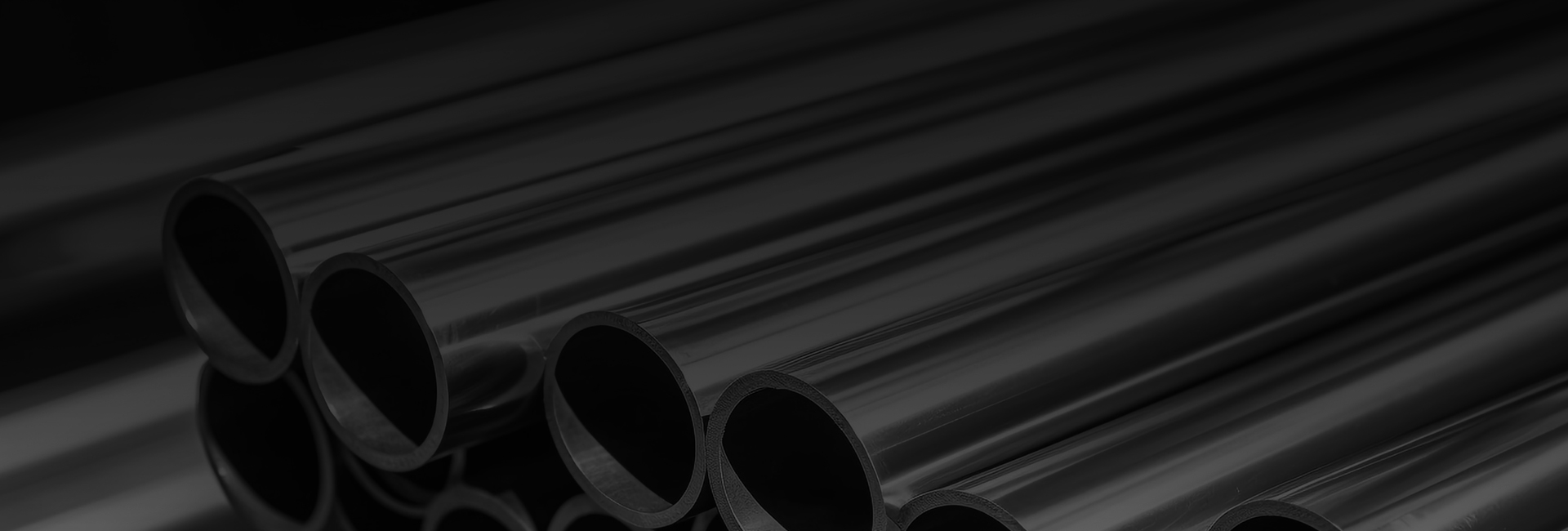Product introduction
The piston rod is a connecting component that supports the piston to do work, commonly used in oil cylinders, air cylinders, and hydraulic cylinder motion execution components. It is also a widely used component in industrial engineering machinery, which can transmit torque and bear loads. Because the main function of the piston rod is to transmit torque and bear loads, it can be applied in various mechanical systems with linear reciprocating motion. For example, it is suitable for various types of oil cylinders, cylinders, conveying machinery, hydraulic and pneumatic, engineering machinery, packaging machinery, woodworking machinery, textile machinery, injection molding machines, printing and dyeing machinery, die-casting machines, automobile manufacturing, and other machinery such as guide rods and top rods.
Advantages and characteristics
Due to the different usage ranges and working conditions of piston rods, sometimes in order to meet different production standards, piston rods must undergo processes such as electroplating, rolling, quenching, tempering, and nitriding. Through these processes, it is possible to increase the performance requirements of certain aspects of the piston rod for product applications. The quenching and tempering treatment mainly depends on the material used to make the piston rod. Quenching and tempering is only a dual heat treatment process of quenching and high-temperature tempering. Therefore, piston rod products after quenching and tempering have the following advantages:
1. It can effectively improve the working strength of materials.
2. After quenching and tempering treatment, the piston rod can have good comprehensive mechanical properties.
3. Helps to seal small surface cracks, hinder the propagation of erosion, and improve surface corrosion resistance.
4. The piston rod undergoes quenching and tempering treatment, which can effectively eliminate the internal stress generated by quenching and achieve the expected mechanical properties.
